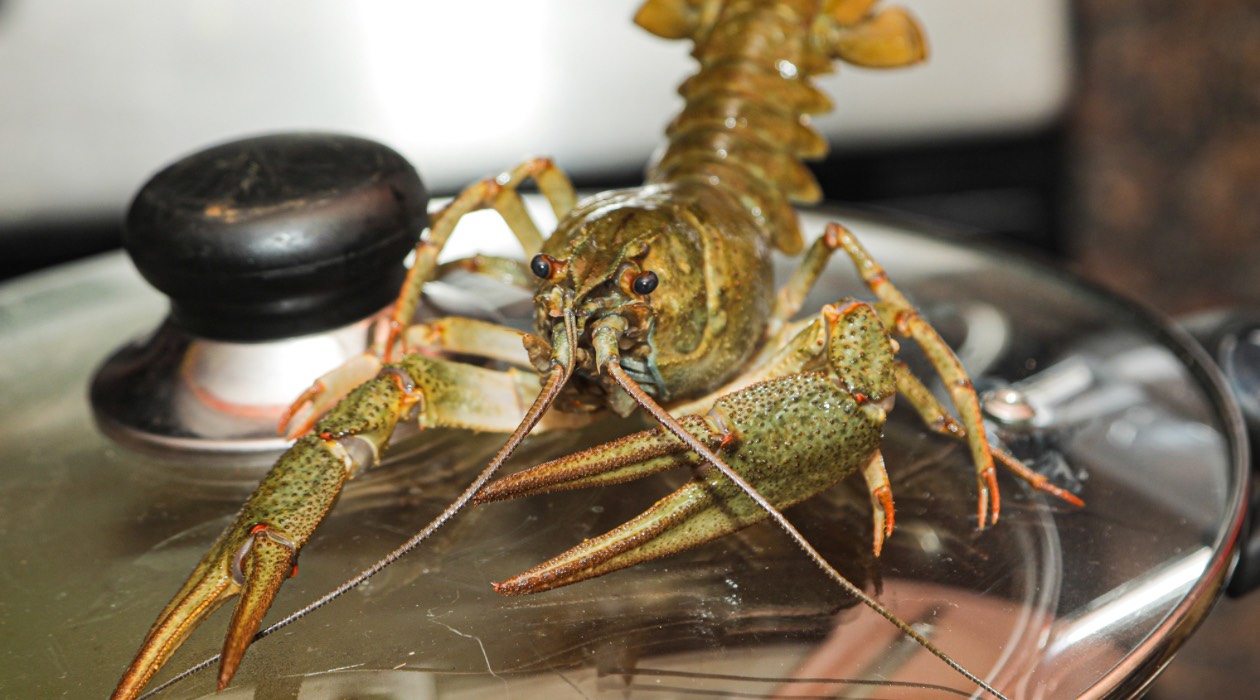

Articles
How To Store Live Crawfish
Modified: December 7, 2023
Discover helpful articles on how to properly store live crawfish, ensuring their freshness and flavor when it's time to enjoy your delicious seafood feast.
(Many of the links in this article redirect to a specific reviewed product. Your purchase of these products through affiliate links helps to generate commission for Storables.com, at no extra cost. Learn more)
Introduction
Live crawfish are a delicacy enjoyed by many seafood lovers. Whether you’ve caught them yourself or purchased them from a seafood market, it’s important to store them properly to maintain their freshness and flavor. In this article, we will discuss the steps to store live crawfish to ensure they remain lively and tasty until you’re ready to cook them.
Proper storage is crucial because live crawfish are sensitive creatures that can quickly lose their vitality if not handled correctly. By following the right techniques, you can keep them in a healthy and safe environment, ensuring that they retain their freshness and taste.
Next, we will explore the factors to consider when choosing the right container for storing live crawfish.
Key Takeaways:
- Choose a spacious, non-toxic container with proper ventilation and drainage to store live crawfish. Maintain a cool, consistent temperature and monitor water quality to ensure their vitality and flavor.
- Prepare the container by cleaning, sanitizing, and providing a suitable base for the crawfish. Follow maintenance tips to monitor their health, minimize disturbances, and ensure their well-being during storage.
Read more: How To Store Live Crawfish Overnight
Choosing the Right Container
When it comes to storing live crawfish, selecting the appropriate container is essential. The container you choose should provide a comfortable and secure environment for the crawfish, allowing them to stay alive and active until you are ready to cook them. Consider the following factors when choosing the right container:
1. Size: The container should be spacious enough to accommodate the crawfish without overcrowding them. Overcrowding can cause stress, leading to a decrease in their overall health.
2. Material: Choose a container made of a sturdy and non-toxic material. A solid plastic or insulated cooler is an excellent choice as it provides insulation and keeps the crawfish at the right temperature.
3. Lid/cover: Ensure that the container has a tight-fitting lid or cover to prevent the crawfish from escaping. Crawfish are notorious escape artists and can climb out of containers that are not securely covered.
4. Permeability: While it’s important to keep the crawfish contained, the container should also allow for sufficient air circulation. Look for a container with small holes or perforations to promote proper ventilation and prevent the buildup of ammonia from the crawfish waste.
5. Drainage: Live crawfish excrete waste, and you want to avoid them sitting in dirty water. Choose a container with drainage holes or a removable tray at the bottom to allow excess water to drain out.
6. Portability: If you plan to transport the live crawfish, consider a container with handles or one that is easy to carry. This will ensure that you can safely transport them without causing unnecessary stress or harm.
7. Visibility: Having a transparent or translucent container will allow you to monitor the condition of the crawfish without having to open the container. This reduces unnecessary disturbances and keeps the crawfish in a more stable environment.
Remember that the container you choose is crucial for maintaining the well-being of the live crawfish. Taking the time to select a suitable container will greatly contribute to their overall health and freshness. In the next section, we will discuss how to prepare the container before storing the live crawfish.
Preparing the Container
Before you store live crawfish in the chosen container, it’s essential to prepare it properly to ensure a clean and suitable environment for the crawfish. Follow these steps to prepare the container:
1. Cleaning: Thoroughly clean the container using warm water and a mild detergent. Rinse it well to remove any residue. Avoid using harsh chemicals or soaps, as they can be harmful to the crawfish.
2. Sanitizing: After cleaning, sanitize the container by using a mixture of water and bleach. Add one teaspoon of bleach per gallon of water and allow it to sit for a few minutes. Rinse the container again to remove any traces of bleach.
3. Remove any sharp edges: Inspect the container for any sharp edges or rough surfaces that could harm the crawfish. Smooth out or remove any such areas to prevent any injuries to the crawfish.
4. Dry thoroughly: Ensure that the container is completely dry before adding the crawfish. Any moisture left in the container could lead to mold growth or adversely affect the crawfish’s health.
5. Prepare a base: Line the bottom of the container with a layer of clean and damp newspaper or wet towels. This provides a cushioning effect and helps maintain humidity levels for the crawfish while minimizing direct contact with any potentially harmful surfaces.
6. Add fresh water: Fill the container with enough clean, dechlorinated water to cover the crawfish. The water should be free of any chlorine or other chemicals that could harm the crawfish. It’s recommended to use tap water that has been left out for 24 to 48 hours to allow for chlorine evaporation.
7. Optional additions: If desired, you can add pieces of seaweed or damp vegetation to the container. This provides the crawfish with additional hiding spots and a sense of security, mimicking their natural habitat.
By following these preparation steps, you’ll create an optimal environment for storing live crawfish. The next section will cover the essential aspects of storing live crawfish properly.
After purchasing live crawfish, store them in a cooler with ice packs to keep them cold and damp. Do not submerge them in water, as they need to breathe. Keep the cooler in a cool, dark place until ready to cook.
Storing Live Crawfish
Now that you have chosen the right container and prepared it properly, it’s time to store the live crawfish. Follow these steps to ensure they remain lively and healthy:
1. Temperature control: Crawfish thrive in cool, moist environments. The ideal temperature for storing live crawfish is between 45 to 50 degrees Fahrenheit (7 to 10 degrees Celsius). Avoid storing them at temperatures below freezing or above 55 degrees Fahrenheit (13 degrees Celsius).
2. Place the crawfish in the container: Carefully transfer the live crawfish into the prepared container. Gently handle them to minimize stress and injury. Avoid overcrowding the container, as the crawfish need space to move around comfortably.
3. Cover the container: Securely close the lid or cover of the container to prevent the crawfish from escaping and to maintain the desired temperature and moisture levels. Ensure that there is proper ventilation to allow for sufficient air exchange.
4. Store in a cool location: Find a cool and dark location to store the container. A basement, garage, or shaded area is ideal. Avoid exposing the container to direct sunlight or extreme heat as this can cause stress and quick deterioration of the crawfish’s health.
5. Avoid water temperature shock: If you have caught the crawfish in warm water, it’s important to gradually lower their body temperature to avoid shock. Add some ice packs or frozen water bottles to the container, monitoring and adjusting the temperature if necessary.
6. Maintain moisture levels: Check the moisture levels regularly and add dechlorinated water as needed to keep it at an optimum level. The container’s surface should remain moist, but not waterlogged, to ensure the crawfish stay hydrated.
7. Avoid prolonged storage: It’s best to cook and consume live crawfish as soon as possible. While they can survive in storage for a short period, their quality and taste degrade over time. Aim to cook them within 24-48 hours of storage.
By following these guidelines, you can successfully store live crawfish until you’re ready to cook them, ensuring they remain alive, healthy, and flavorful. In the next section, we will explore some maintenance tips to keep the crawfish in the best possible condition during storage.
Maintenance Tips
To ensure the optimal health and freshness of live crawfish during storage, it’s important to follow these maintenance tips:
1. Check on them regularly: Monitor the crawfish regularly to ensure they are active and in good condition. Look for signs of weakness, injury, or stress. Remove any dead crawfish immediately to prevent them from contaminating the water and affecting the others.
2. Maintain water quality: Regularly check the water quality in the container. If it becomes cloudy or foul-smelling, replace it with clean, dechlorinated water. Monitor the ammonia and nitrite levels using appropriate testing kits and take necessary steps to maintain proper water conditions.
3. Feed them sparingly: Crawfish can survive without feeding for several days. Overfeeding can result in the accumulation of waste and deteriorate water quality. Only provide small amounts of food, such as decaying vegetation or commercial crawfish feed, if necessary.
4. Minimize disturbances: Avoid unnecessary handling or movement of the container, as it can stress the crawfish. Keep external noises and vibrations to a minimum to create a calm environment for them.
5. Allow for molting: Crawfish molt periodically to shed their old exoskeleton and grow. If you notice any crawfish with soft shells after molting, separate them from the others as they are vulnerable to aggression and potential cannibalism.
6. Follow local regulations: Depending on your location, there may be specific guidelines or regulations for storing live crawfish. Familiarize yourself with these rules to ensure compliance and the responsible handling of crawfish.
7. Dispose of properly: If you are unable to use or release the live crawfish, it’s important to dispose of them properly. Check with local authorities or environmental agencies for recommendations on proper disposal methods.
By following these maintenance tips, you can provide the best possible care for live crawfish during storage and ensure their health and freshness until you’re ready to cook them. Now, let’s conclude our article.
Read more: How To Store Leftover Crawfish
Conclusion
Storing live crawfish requires careful consideration to maintain their vitality and flavor until you’re ready to enjoy them. By choosing the right container, preparing it properly, and following the correct storage techniques, you can ensure that the crawfish remain alive and in optimal condition.
Remember to select a container that is spacious, made of non-toxic material, and has a secure lid or cover. Ensure adequate ventilation and drainage to create a comfortable environment for the crawfish. Preparing the container involves cleaning, sanitizing, and providing a suitable base for the crawfish to rest on.
When storing live crawfish, temperature control is crucial. Maintain a cool and consistent temperature between 45 to 50 degrees Fahrenheit (7 to 10 degrees Celsius) to ensure their well-being. Avoid temperature extremes and direct sunlight that can lead to stress and deterioration of their health.
Regularly monitor the crawfish, maintaining proper water quality and moisture levels. Check on them for any signs of distress or illness, and remove any dead crawfish promptly. Feed them sparingly and avoid overfeeding to minimize waste accumulation.
By following these steps and implementing the maintenance tips, you can store live crawfish successfully and ensure their freshness and taste are preserved. Remember to adhere to local regulations and dispose of them responsibly if needed.
Now that you are equipped with the knowledge of how to store live crawfish, you can confidently enjoy this delightful seafood delicacy whenever the craving strikes. So go ahead, make some preparations, and savor the delicious flavors of live crawfish!
Frequently Asked Questions about How To Store Live Crawfish
Was this page helpful?
At Storables.com, we guarantee accurate and reliable information. Our content, validated by Expert Board Contributors, is crafted following stringent Editorial Policies. We're committed to providing you with well-researched, expert-backed insights for all your informational needs.
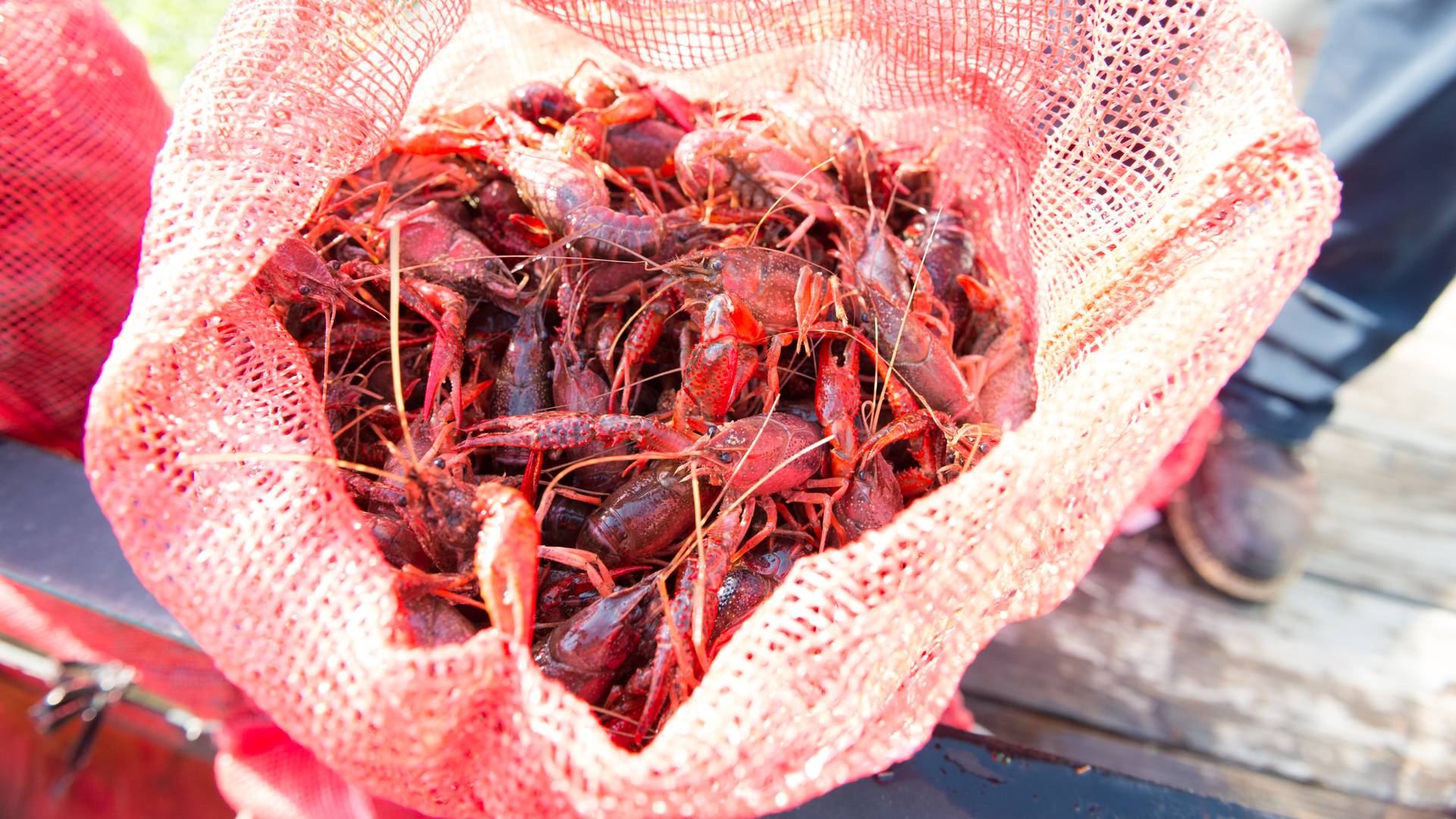
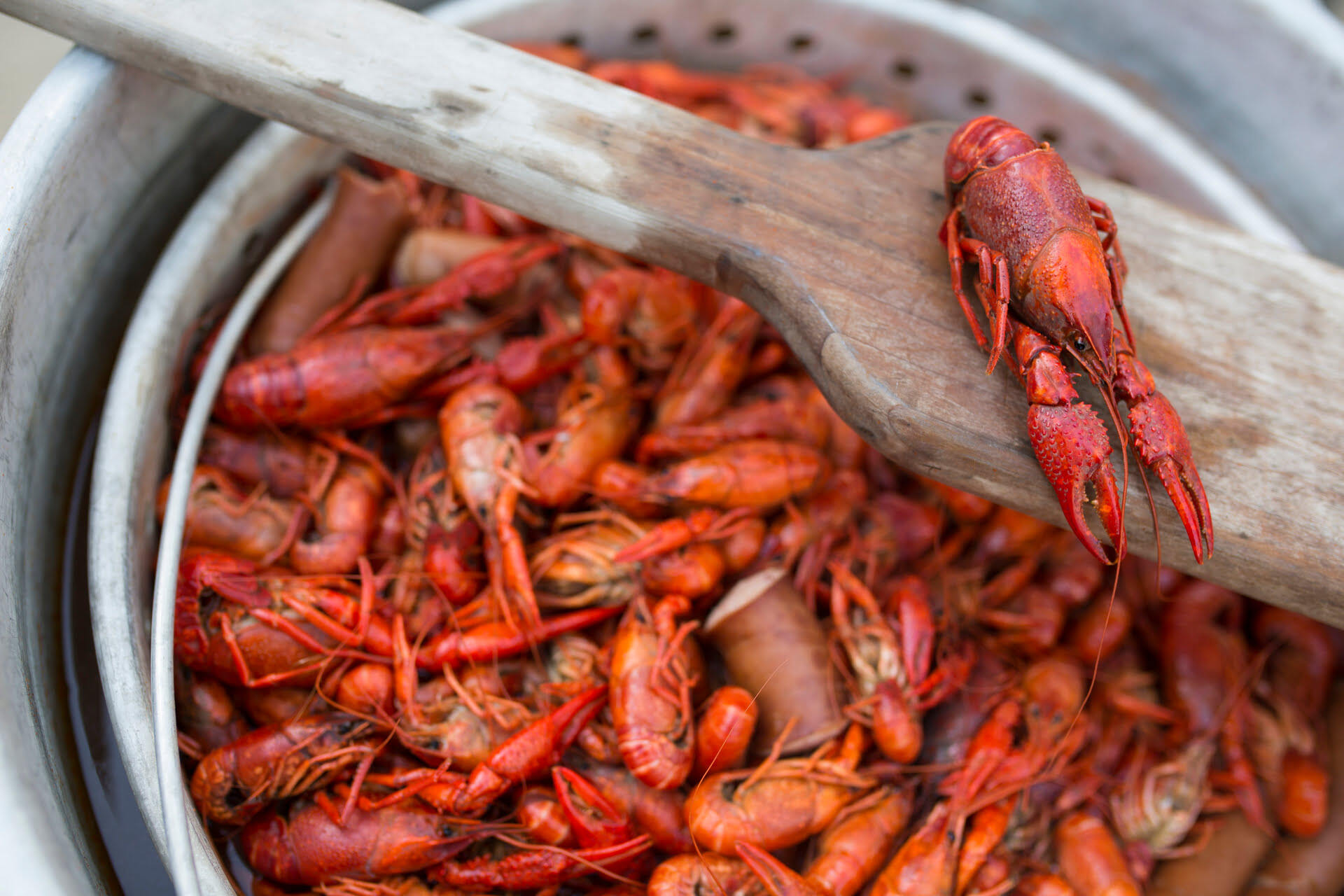
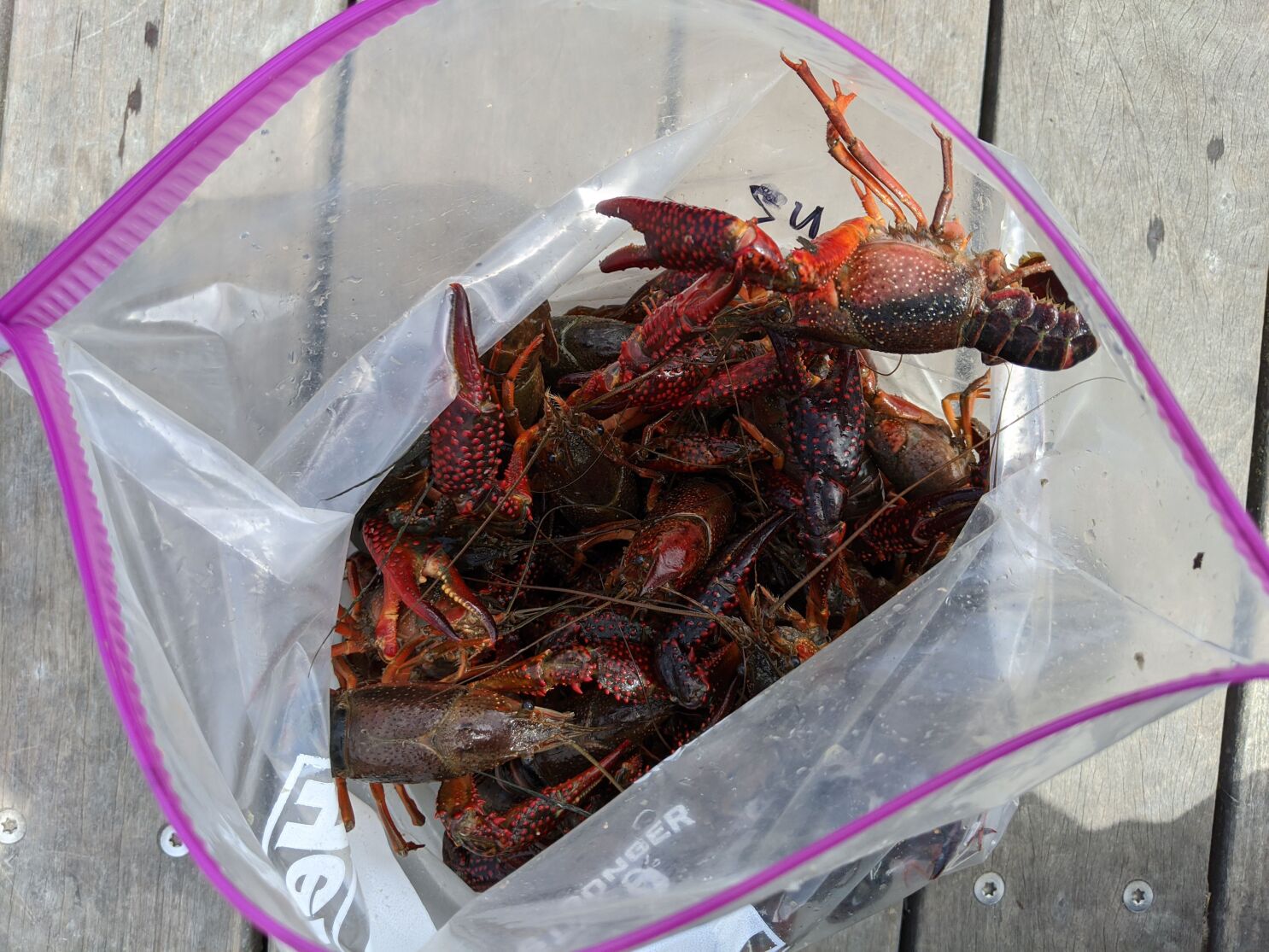
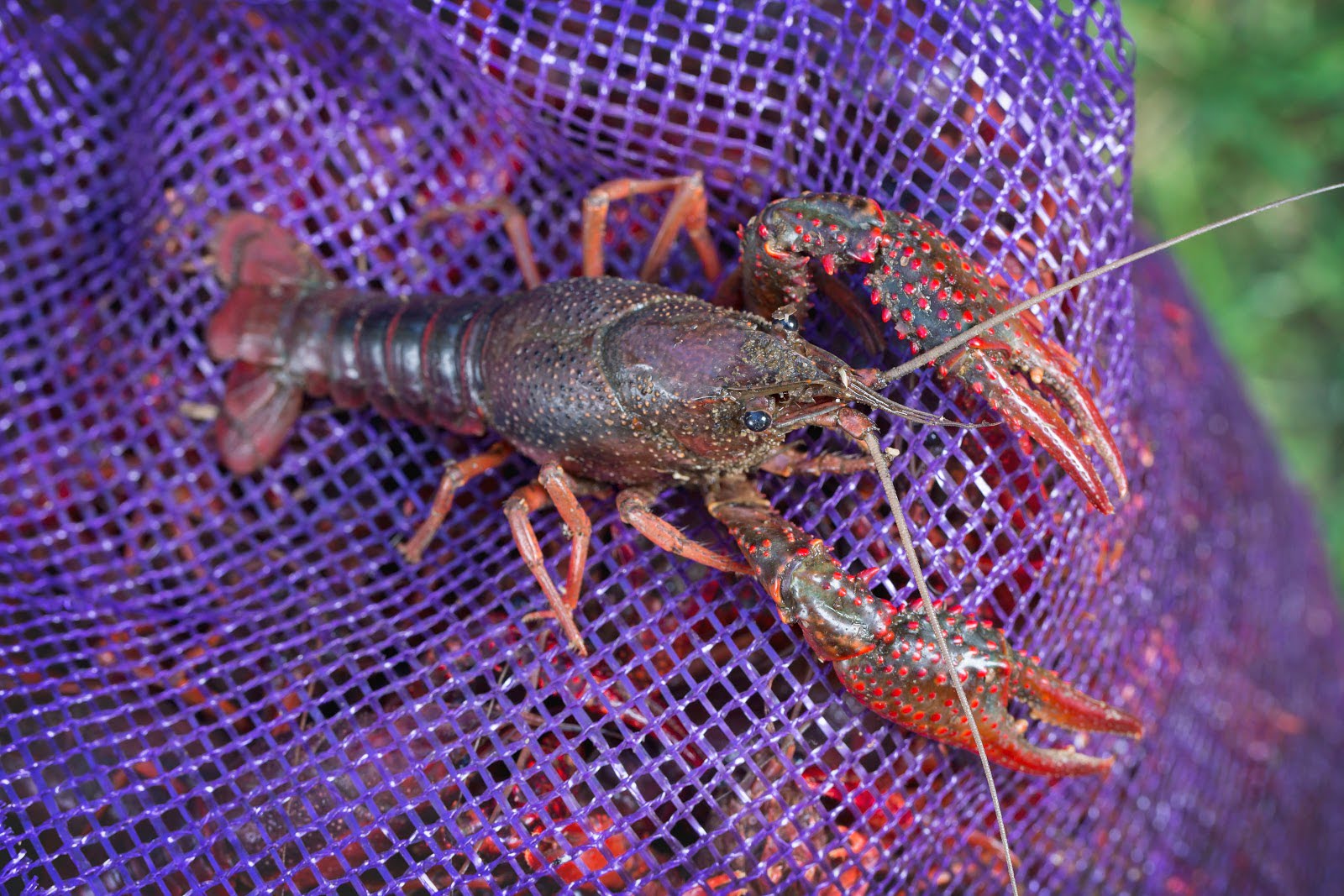

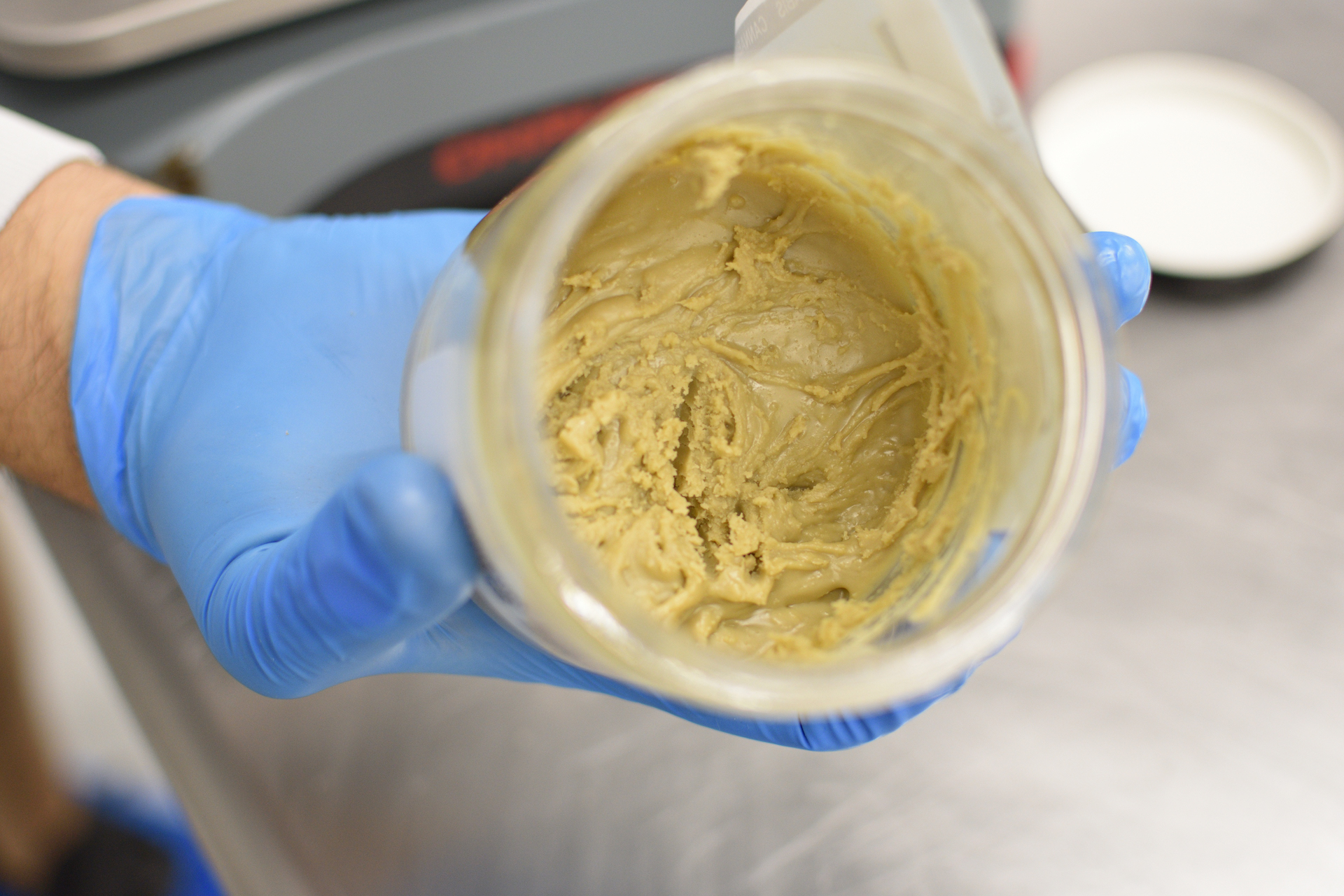
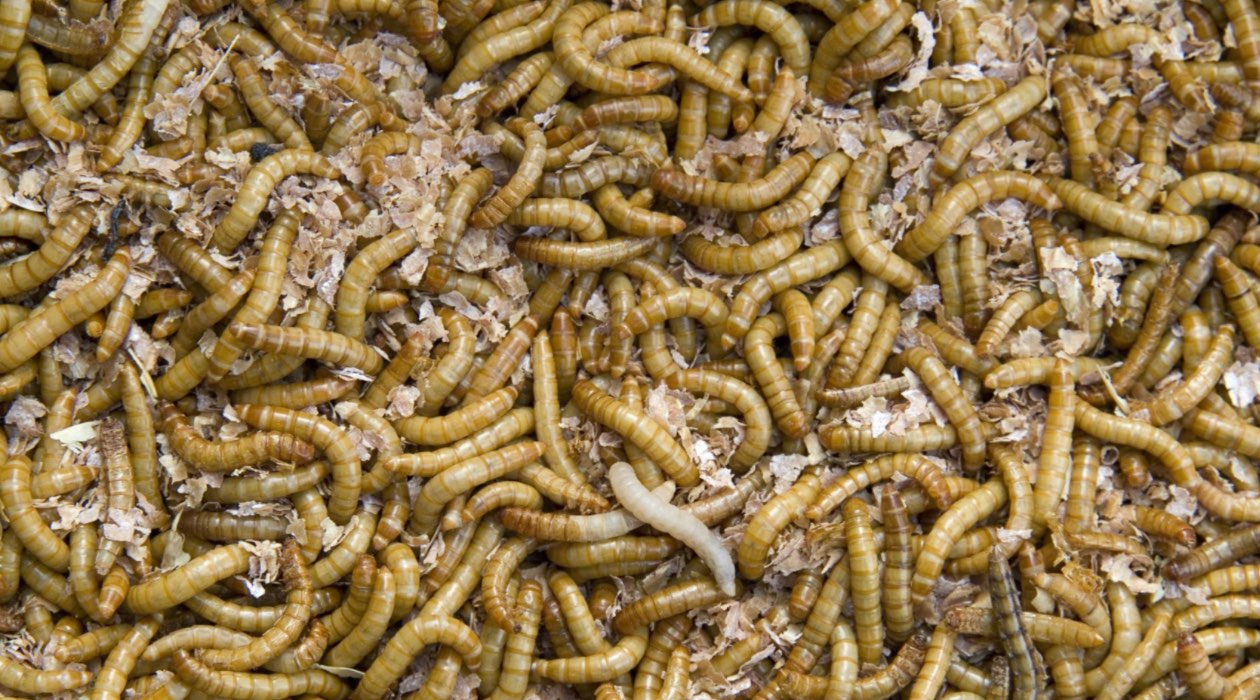
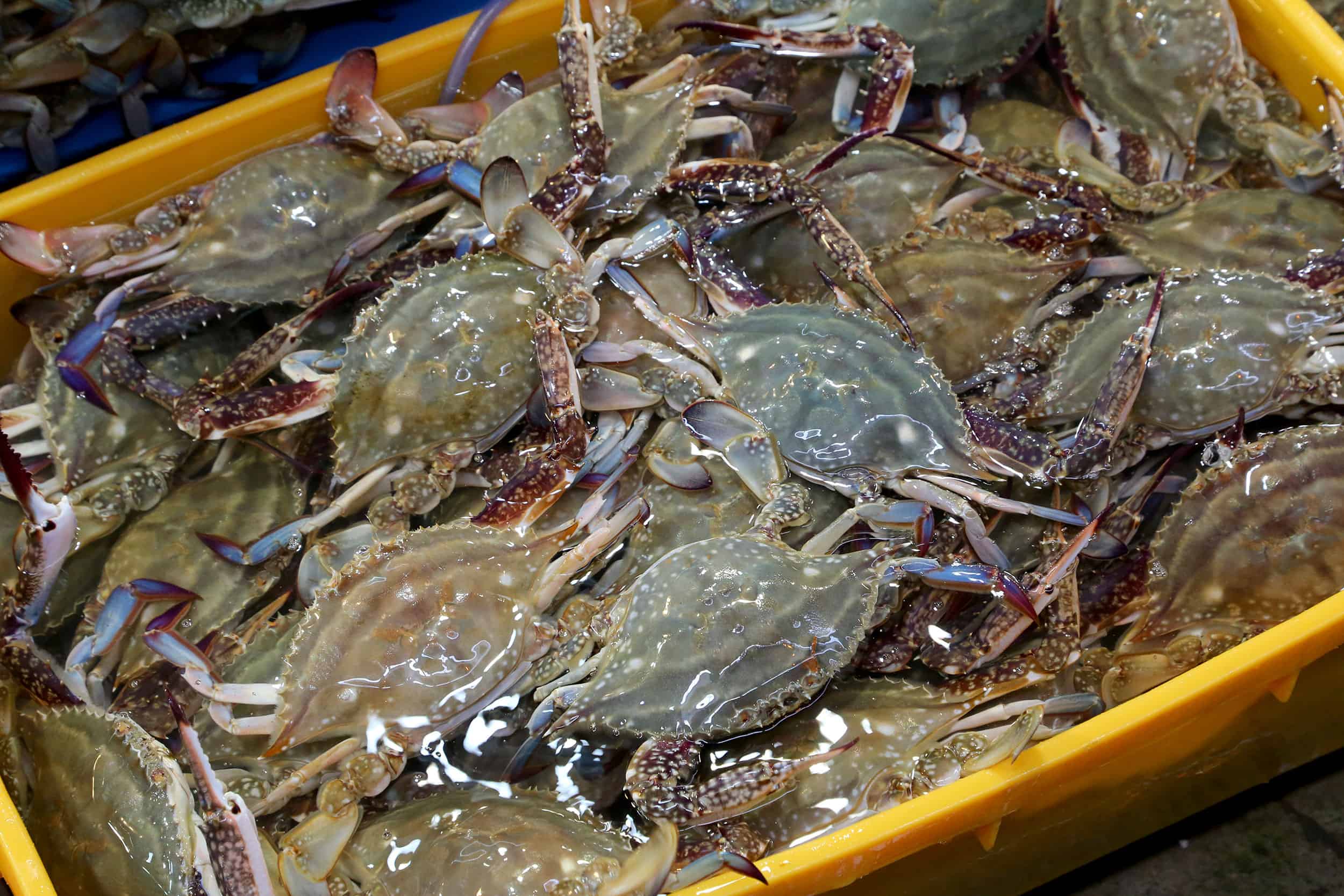

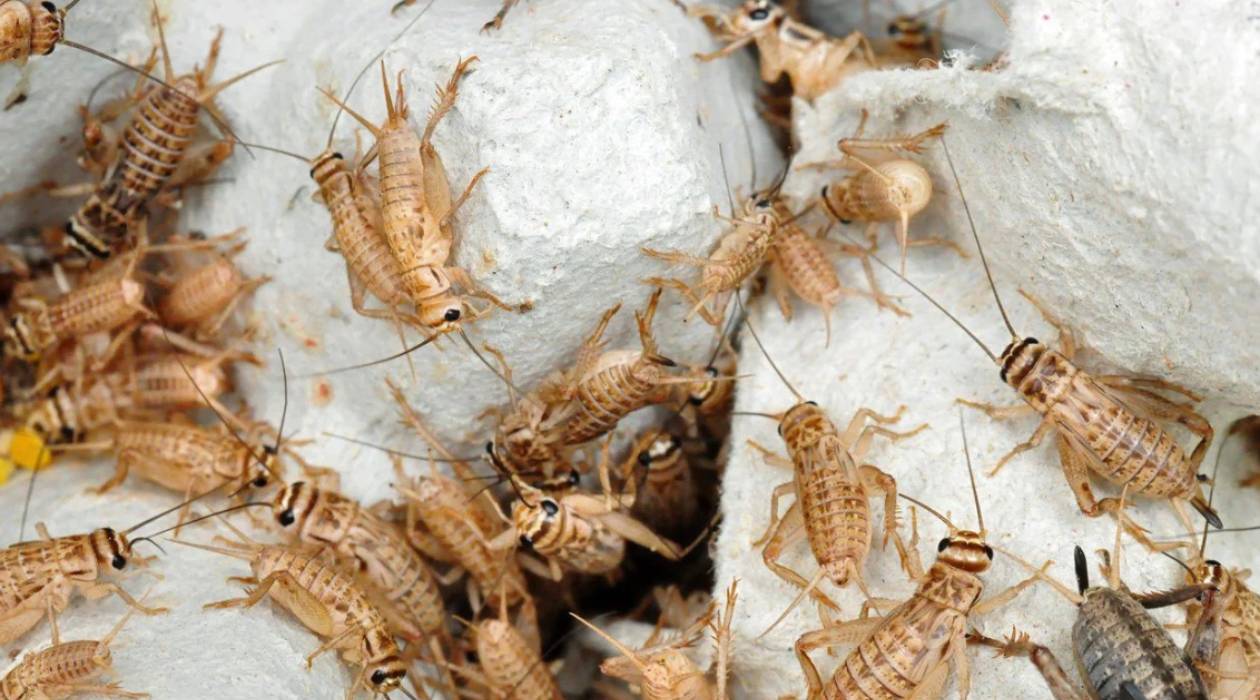
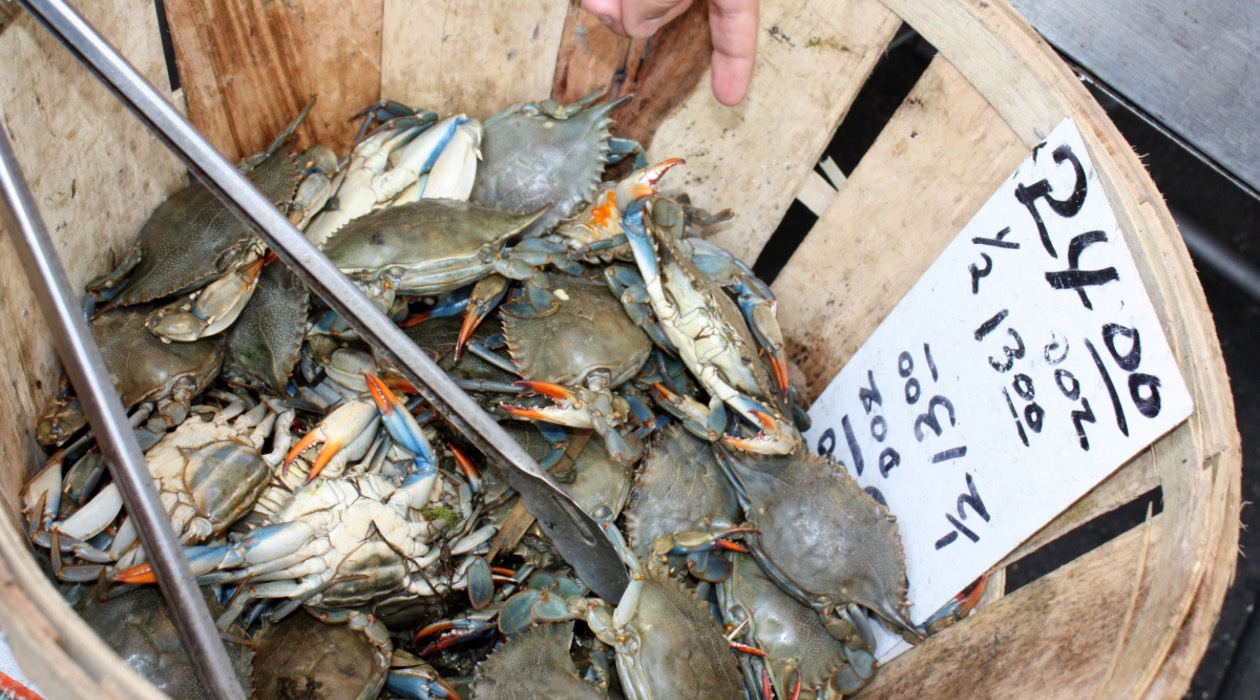
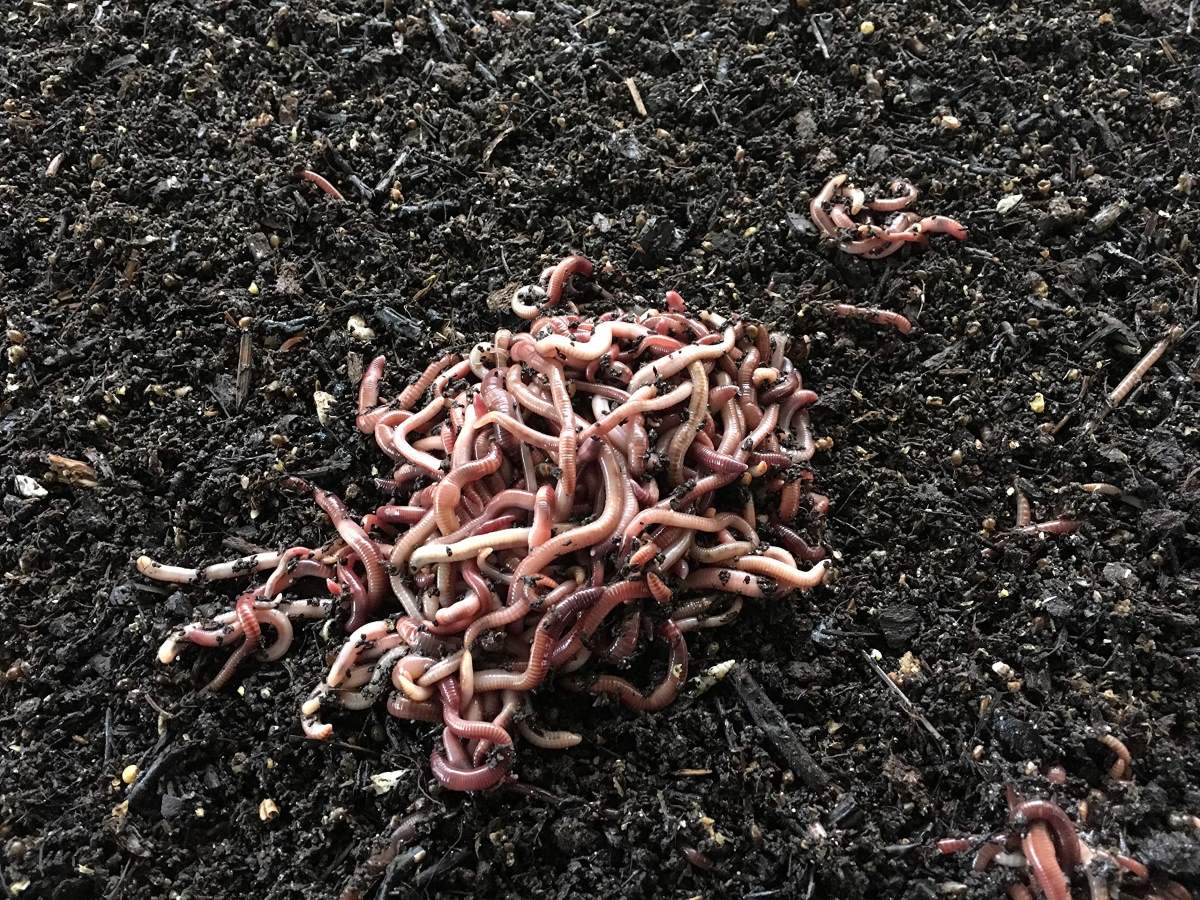
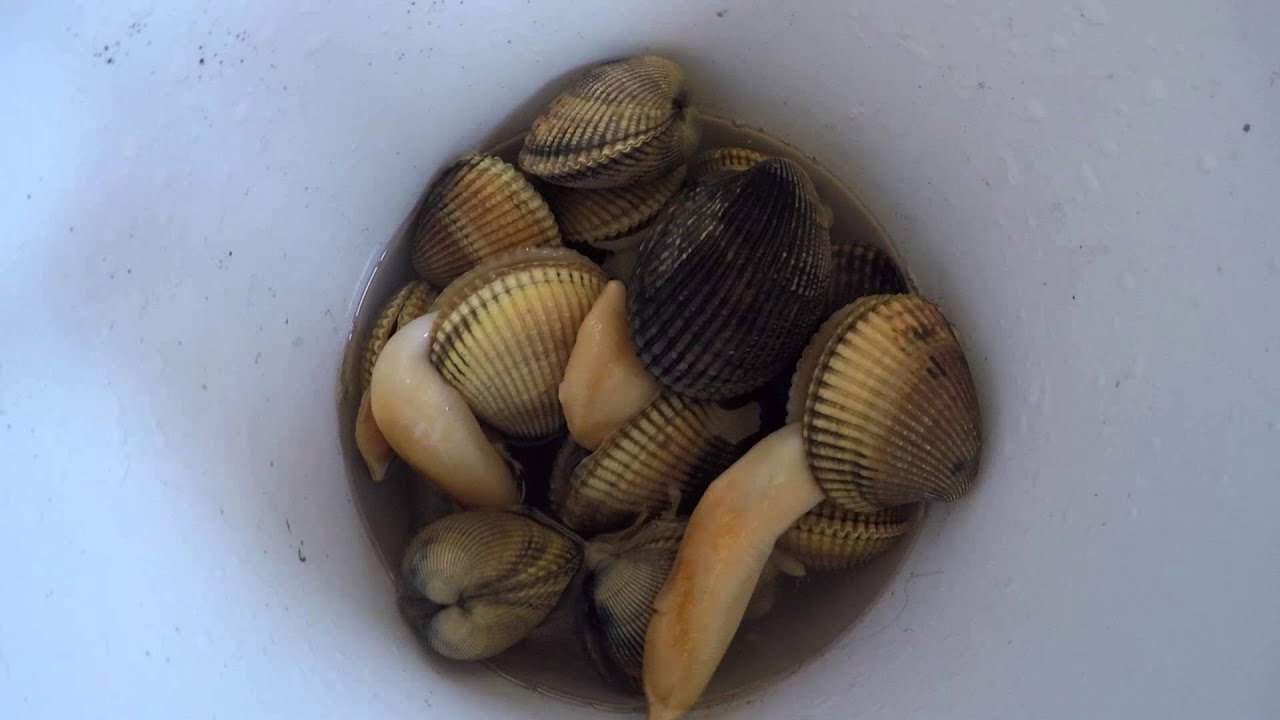
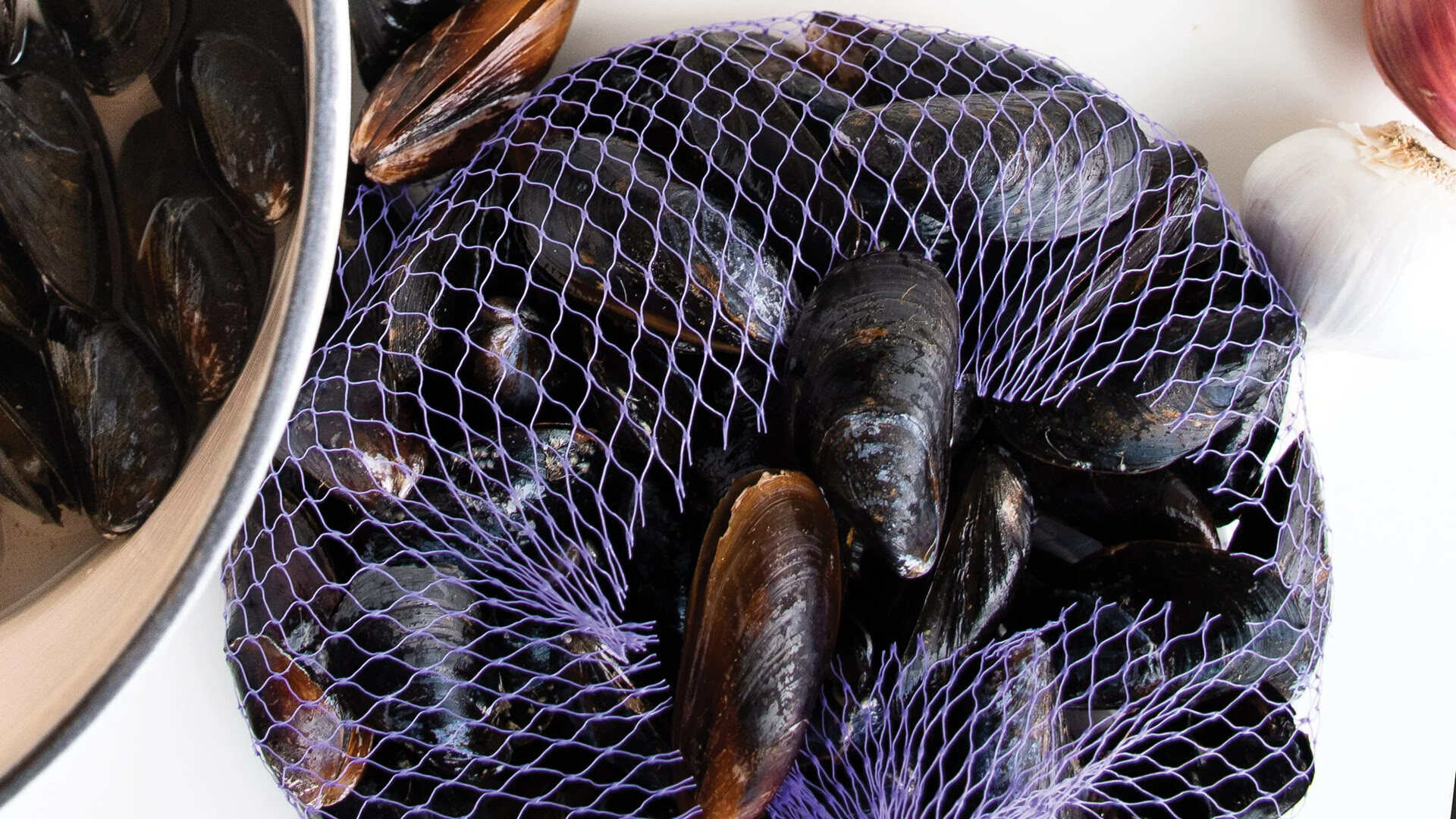

0 thoughts on “How To Store Live Crawfish”